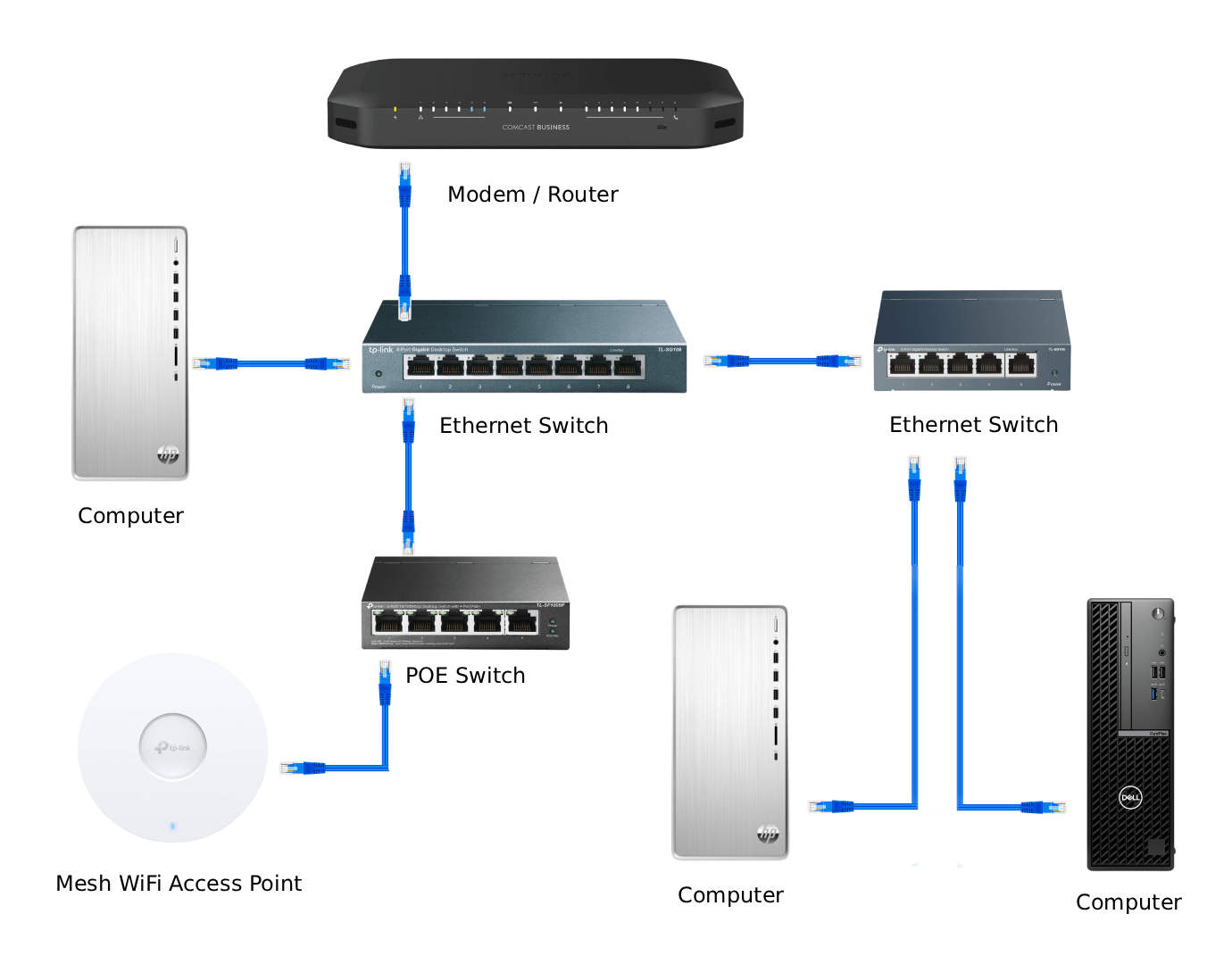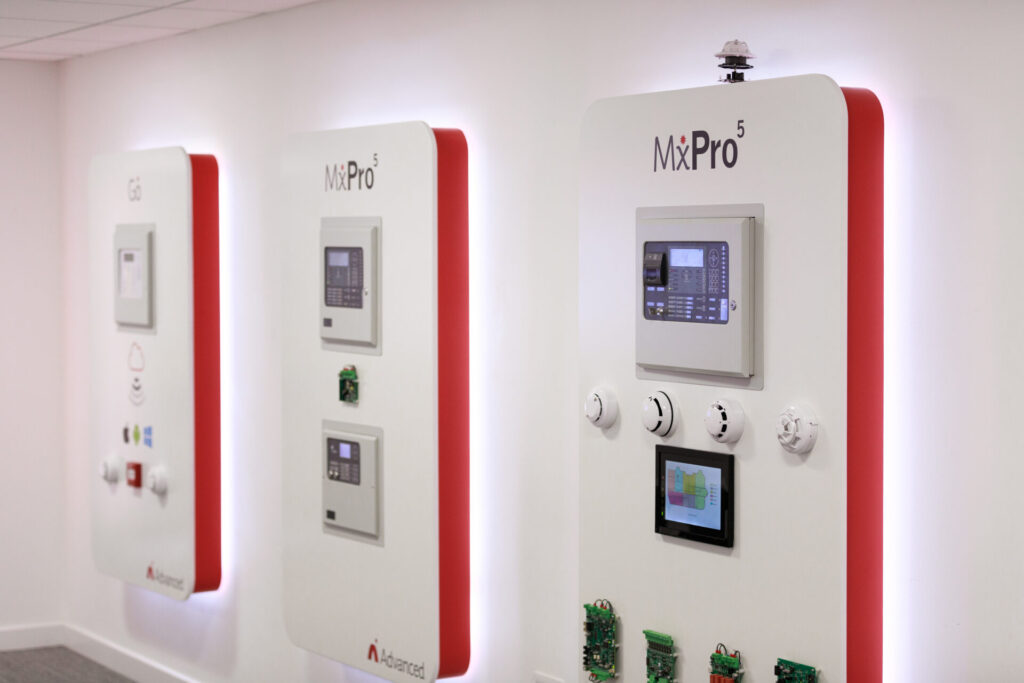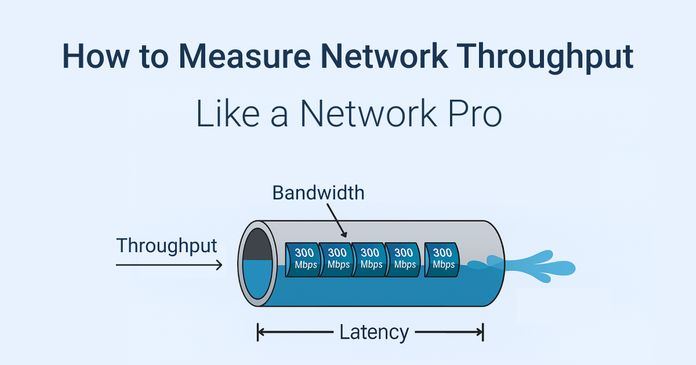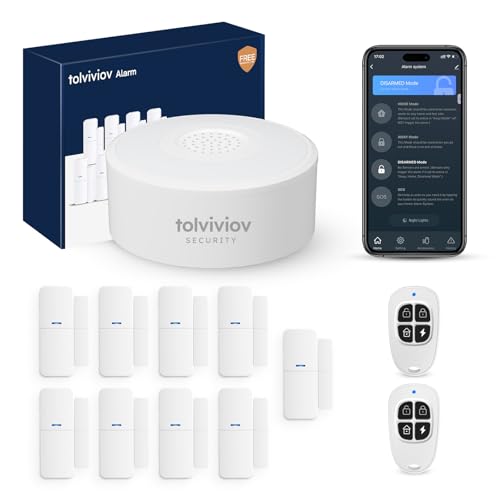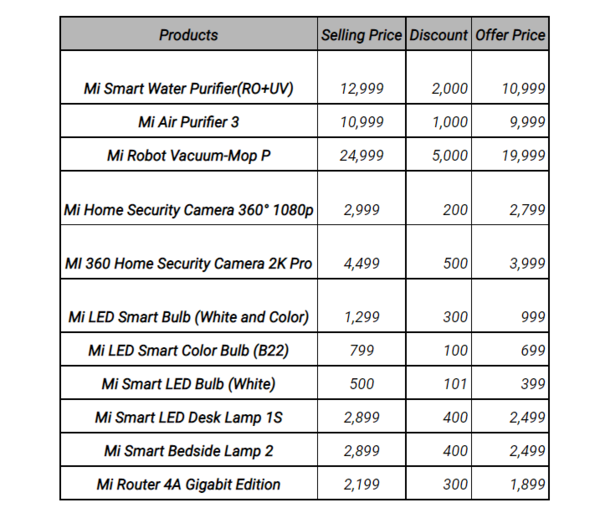Are you looking to simplify your home network setup while keeping it powerful and reliable? Using Power over Ethernet (PoE) might be the solution you didn’t know you needed.
Imagine cutting down on messy cables and powering your devices through a single connection. Sounds convenient, right? You’ll discover how PoE can transform your home network, save you time, and reduce clutter. Stick with me, and you’ll learn easy ways to make your network smarter and more efficient starting today.
Benefits Of Poe In Home Networks
Power over Ethernet (PoE) lets you send power and data through one cable. It helps connect devices in your home network easily.
Using PoE can make your home network setup neater and more flexible. It also saves money and time.
Simplified Wiring
PoE combines power and data in a single cable. This means fewer wires are needed for devices like cameras and access points.
With less wiring, your home looks cleaner and installation is easier. You don’t need separate power outlets for each device.
Cost Savings
PoE reduces the need for extra electrical wiring and power supplies. This cuts down on installation and maintenance costs.
Using one cable for both data and power lowers material costs. You also save on energy by managing power efficiently.
Flexible Device Placement
PoE lets you place devices anywhere within cable reach. You are not limited by the location of power outlets.
This flexibility helps you put devices in the best spots for signal and coverage. It improves your home network’s performance.

Credit: www.reddit.com
Common Poe Devices For Homes
Power over Ethernet (PoE) helps power devices using a single network cable. This reduces the need for extra power cords in your home.
Many home devices use PoE to get both data and power. This makes installation easier and keeps your space neat.
Ip Cameras
IP cameras use PoE to get power and send video over one cable. This helps you place cameras anywhere without needing power outlets.
These cameras are common for home security. They work with your home network for live viewing and recording.
Smart Lighting
Smart lights can use PoE to receive power and connect to your network. This allows easy control of lighting from your phone or computer.
PoE lighting reduces the need for many power adapters and switches in your home.
Wireless Access Points
Wireless access points (WAPs) use PoE to get power and connect to your network. This helps place them in the best spots for strong Wi-Fi.
PoE makes installing WAPs easier by removing the need for nearby power outlets.
Voip Phones
VoIP phones use PoE to get power and data through one cable. This keeps phone desks tidy and easy to set up.
These phones connect directly to your internet, offering clear calls and easy management.
Choosing The Right Poe Equipment
Power over Ethernet (PoE) sends power and data over one cable. It simplifies home network setups. Choosing the right PoE devices helps avoid problems.
Select equipment that matches your needs. Consider device compatibility, power needs, and installation type. This guide helps you pick the best PoE gear.
Poe Standards And Compatibility
PoE devices follow standards that set power levels and connection types. Common standards include IEEE 802.3af, 802.3at, and 802.3bt.
Check your device’s PoE standard. Using incompatible gear may cause no power or damage. Match switches and powered devices carefully.
- IEEE 802.3af (PoE): up to 15.4 watts per port
- IEEE 802.3at (PoE+): up to 30 watts per port
- IEEE 802.3bt (PoE++): up to 60 or 90 watts per port
Power Budget Considerations
Power budget means total power your PoE switch or injector can supply. Add up all device power needs before buying.
If your devices need more power than the budget, some may not work. Choose equipment with enough budget for all connected devices.
- Sum the wattage of all PoE devices
- Allow extra power for future devices
- Check switch or injector max power output
- Use power management features if available
Switches Vs. Injectors
PoE switches deliver power and data from one device. Injectors add power to Ethernet cables separately from switches.
Switches simplify wiring with built-in PoE ports. Injectors work well with existing non-PoE switches but need extra devices.
- PoE Switches:Combine data and power in one unit
- PoE Injectors:Add power to Ethernet cables individually
- Switches reduce cable clutter and setup time
- Injectors are flexible for small setups or upgrades
Installation Tips For Home Poe Networks
Power over Ethernet (PoE) lets you send power and data through one cable. This saves space and makes your network cleaner.
Setting up a home PoE network is simple with the right steps. Follow these tips for a smooth installation.
Cable Selection And Management
Use cables that support both power and data. Cat5e or higher cables work best for PoE networks.
Keep cables organized to avoid damage and signal loss. Label cables to find them easily later.
- Choose cables with good insulation
- Avoid running cables near electrical wires
- Use cable ties or clips to keep cables neat
- Label both ends of each cable
Network Layout Planning
Plan your network layout before installation. Decide where devices and switches will go for easy access.
Keep cable lengths short to reduce signal loss. Group devices by room or function for better management.
- Draw a network map showing all device locations
- Place PoE switches near devices that need power
- Use a central point for easier troubleshooting
- Check cable length limits for your devices
Safety Precautions
Turn off power before working with cables. Use proper tools to avoid damage or injury.
Do not overload your PoE switches. Follow the manufacturer’s power limits for safe operation.
- Wear gloves and eye protection when needed
- Keep cables away from heat and water
- Use certified PoE devices and cables
- Check all connections before powering on
Enhancing Network Efficiency With Smart Power
Power over Ethernet (PoE) helps supply power and data through one cable. This reduces wires and saves space in a home network.
Using smart power features with PoE can improve your network’s efficiency and control energy use easily.
Power Scheduling And Control
Power scheduling lets you turn devices on or off at set times. This saves energy by powering devices only when needed.
Control features allow you to manage power remotely. You can reset devices or adjust power output without physical access.
- Set timers for cameras and access points
- Turn off unused devices automatically
- Manage power limits to avoid overload
Energy Monitoring Tools
Energy monitoring tools track how much power each device uses. This helps find devices that waste energy.
You can check usage reports to plan better power management and reduce electricity costs.
- View real-time power consumption
- Receive alerts for unusual power use
- Analyze trends over days or weeks
Integration With Home Automation
PoE devices can connect to home automation systems. This lets you control power through smart home apps or voice assistants.
Integration allows syncing power with other devices like lights or sensors for smooth operation.
- Control PoE devices with smart hubs
- Automate power based on home activity
- Use voice commands to manage devices

Credit: medium.com
Troubleshooting Common Poe Issues
Power over Ethernet (PoE) helps power devices using network cables. This makes home networks simpler and cleaner.
Sometimes, PoE devices or connections may not work well. Knowing how to fix common issues saves time and effort.
Power Delivery Problems
PoE devices may not get enough power. This can cause them to stop working or restart often.
Check the power supply and cable type. Use cables rated for PoE to avoid power loss.
- Confirm the PoE injector or switch supplies enough watts
- Use Cat5e or higher cables for better power delivery
- Inspect cables for damage or loose connections
- Avoid using very long cables beyond 100 meters
Connectivity Challenges
Network devices might fail to connect even if power works. This affects internet and device communication.
Check if the Ethernet cable is plugged correctly. Also, test the network switch and router for issues.
- Ensure cables are fully inserted in ports
- Test cables with a network cable tester
- Restart PoE switches and devices to reset connections
- Check for firmware updates on PoE devices and switches
Device Compatibility
Not all devices support PoE. Using incompatible devices can cause power or connection failures.
Match device PoE standards with your network equipment. Check if devices need PoE+ or standard PoE.
- Verify device PoE class and watt requirements
- Use PoE switches that support your device’s standard (802.3af or 802.3at)
- Use PoE splitters for devices without PoE support

Credit: www.reddit.com
Frequently Asked Questions
What Is Poe In A Home Network?
Power over Ethernet (PoE) allows electrical power and data to be delivered over a single Ethernet cable. It simplifies network installation, reduces cable clutter, and is ideal for powering devices like IP cameras and access points. PoE is efficient for home networks, offering flexibility and convenience.
How Does Poe Benefit Home Networks?
PoE offers several benefits for home networks. It reduces the need for additional power outlets and bulky adapters. PoE simplifies installation and maintenance. It supports flexible device placement, enhancing network design. This technology is energy-efficient and cost-effective, making it a smart choice for modern homes.
Can I Use Poe With Existing Devices?
Yes, PoE can be used with existing devices if they are PoE-compatible or with PoE adapters. These adapters allow non-PoE devices to receive power through Ethernet cables. This integration enhances your network without the need for major upgrades, offering a seamless transition to PoE technology.
What Devices In Homes Use Poe?
Common home devices using PoE include IP cameras, wireless access points, and VoIP phones. These devices benefit from PoE’s power and data delivery over a single cable. This setup simplifies installation and maintenance, making it a preferred choice for smart home networks.
Conclusion
Power over Ethernet (PoE) makes home networks simpler and cleaner. You need fewer wires and less power equipment. Devices get both power and data from one cable. This saves space and cuts clutter. PoE also lets you place devices where power outlets are scarce.
It works well for cameras, phones, and Wi-Fi access points. Setting up PoE is easy and cost-effective. This small change improves your home network’s reliability and flexibility. A smart choice for a smooth, neat home network.
17 min read

